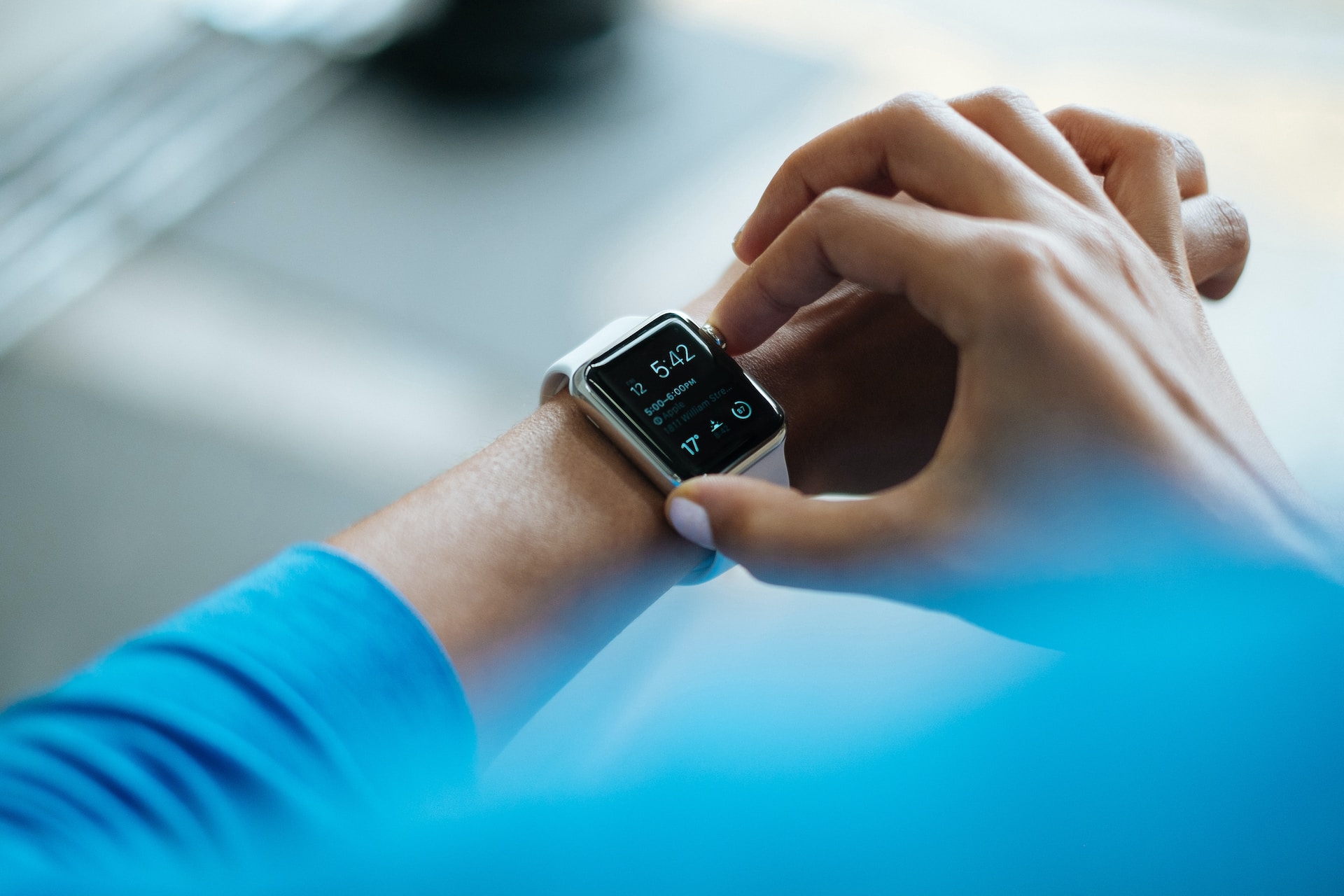In a previous blog post, we discussed the need for personalized care when it comes to perinatal mental health, and what patient-centered technology looks like. In this article, we’re going to go into more detail about each of the requirements of patient-centered technology, and how Moodr Health approaches each one.
To briefly recap, patient-centered technology must do three things:
- Provide efficient asynchronous communication between the provider and patient to fit into the parents’ schedules.
- Automatically provide clinicians with patient data with minimal to no input from the patient.
- Visualize and structure the data and feedback from and about the patient in such a way that lets the provider make actionable decisions regarding patient care.
Efficient Asynchronous Communication
To reach a significant number of patients with any substantial engagement rate, communication needs to be asynchronous, meaning patients and providers can message and respond to one another in a more lenient timeframe than a phone call or live chat allows for. Providing a simple way for non-urgent communication to pass between providers and patients so that the other party can respond when they have time not only allows the most pressing matters to be attended to first, it also increases the probability that patients will engage in conversations to and from their provider in the first place (Campbell, Kevin J et al., 2021). Moodr Health takes this into account by using text messaging to interface between clinicians and patients. Patients can respond to providers on their own time, and the ability for a patient to ask a question or respond to a message is never more than a phone pick-up away, with no logins or website URLs to remember.
Provide Patient Data
For a provider to make informed decisions regarding a patient, they need to assess how the patient is doing. Typically these metrics are acquired by taking vitals, patient questionnaires, and surveys. However, life can get in the way, and particularly in the case of perinatal mental health, parents don’t have the time to come in frequently for mental health checkups on themselves as well as the baby. Patient-centered tech needs to give clinicians as much information as possible with as little interaction from the patient as needed for them to provide reliable data.
Moodr Health accomplishes this with a three-pronged approach. First, patients can link wearable tech to Moodr, providing the clinician with up-to-date metrics of key points of assessment like the amounts of sleep and activity that a patient is getting without the patient ever needing to remember and report them. Next, Moodr Health gives clinicians a way to quickly send out templated surveys and messages so that patients can be presented with the appropriate information at the appropriate time. Finally, unique and temporary links let the patient securely answer surveys and questionnaires on their mobile device, reducing friction by never having to log in or fill out personal data repeatedly when sent survey links or messages.
Visualizing and Structuring Patient Data
Once the effective engagement is reached and patient data is reliably available, the final piece of the puzzle is for the clinician to analyze the data and make actionable recommendations for the patient, and to other providers of the patient. With Moodr Health, providers can quickly see trends in survey scores, sleep, and activity. Medications can also be tracked with start and end dates to better understand the outcome of medication on available metrics as well. Proprietary scoring systems offer insight, guiding care to treat and even prevent mood and anxiety disorders before they start by taking corrective action against trends towards unfavorable outcomes. Providers can see data and run reports on individual patients, or anonymous data at a patient population level as a whole. All of these tools and more give clinicians the power they need to help more patients, more efficiently.
Conclusion
Patient-centered technology will continue to help transform and improve the mental health space, and Moodr Health strives to not just aid in this transformation, but work to spearhead it.
Sources
Campbell KJ, Blackburn BE, Erickson JA, Pelt CE, Anderson LA, Peters CL, Gililland JM. Evaluating the Utility of Using Text Messages to Communicate With Patients During the COVID-19 Pandemic. J Am Acad Orthop Surg Glob Res Rev. 2021 Jun 15;5(6):e21.00042. doi: 10.5435/JAAOSGlobal-D-21-00042. PMID: 34128913; PMCID: PMC8208423.



 Luke Chesser on
Luke Chesser on 